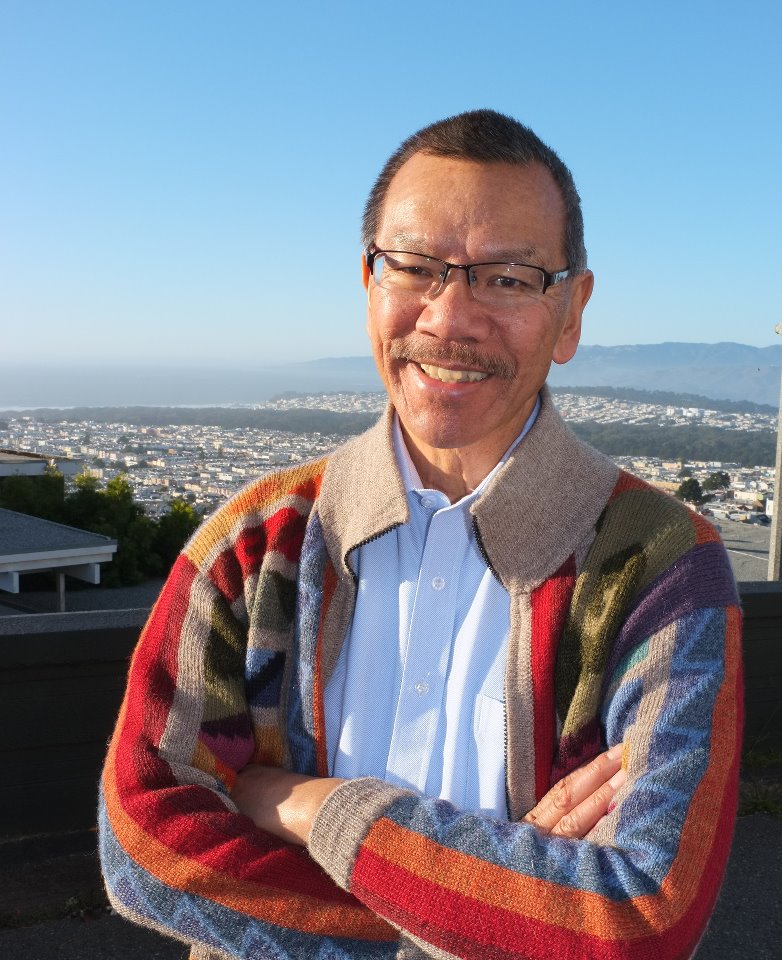District 7, one of San Francisco's most suburban in character, has seen three of this year's six pedestrian deaths so far. At a hearing yesterday called by D7 Supervisor Norman Yee as his first order of business after taking office in January, residents called upon city agencies to slow drivers on dangerous high-speed streets that cut through neighborhoods like West Portal, Parkside, Sunnyside, and Forest Hill.
The district's three pedestrian deaths within the last two months each took place on streets known to be dangerous for walking. On February 19, 72-year-old Eileen Barrett was killed by a Muni driver on Lake Merced Boulevard and John Muir Drive. On March 4, Hanren Chang, a 17-year-old Lowell High School student, was run down by an allegedly drunk driver on her birthday on Sloat Boulevard at Forest View Drive in a crosswalk, less than a block from her house. On March 21, 68-year-old Tania Madfes, a retired teacher, was crossing West Portal Avenue at Vicente Street with her husband when a driver ran them down. Madfes died from her injuries a week later.
Most of the district's pedestrian crashes take place on streets designed for drivers to speed, like Sloat, O'Shaughnessy Boulevard, and 19th Avenue, according to the SF Municipal Transportation Agency. Residents said even in crosswalks where the agency has added treatments like more visible crosswalk markings and signs that instruct drivers to yield to pedestrians, they don't.
Anyan Cheng, who was a close friend of Chang's, said she did a one-hour study this week of a pedestrian crossing on Sloat, the speedway where Chang was killed. Even as elderly residents tried to traverse the roadway, she said, "not one car stopped."
"On Sloat, on 19th Avenue, on Ocean, on Monterey, we need to fix our streets to tame speeds, calm traffic, and prevent more tragedies," said Elizabeth Stampe, executive director of Walk SF.
While District 7 carries a generally proportionate share of pedestrian injuries, those injuries are more likely to be fatal, said SFMTA traffic engineer Ricardo Olea. Of the estimated two to three pedestrians injured every day in San Francisco, District 7 sees 8 percent, but 16 percent of the city's pedestrian fatalities occur there.
Olea said "unsafe speed" was the factor most commonly cited by police as the cause of D7 pedestrian crashes, comprising 33 percent of all cases. As we've reported, people are six times more likely to die when hit by a driver at 30 mph than at 20 mph, according to the Department of Public Health.
"Not only does an unsafe speed cause a collision, but unsafe speed can kill a pedestrian, kill a bicyclist, and severely injure a motor vehicle occupant," said Olea.
The SFMTA has installed measures in recent years like pedestrian countdown signals, red light enforcement cameras, and more visible crosswalks along the district's dangerous corridors, said Olea, who acknowledged that more is necessary to curb injuries. As we've reported, meager upgrades are planned for Sloat in two years, but until more substantial measures are taken to slow drivers, pedestrians will continue to take their lives into their hands when crossing the street.
Supervisor Yee called the deaths within his district "unacceptable," stating that "this is not going to be the last you hear from me on this issue."
With the city expected to release its finalized Pedestrian Strategy within the next two weeks, Stampe urged supervisors, who also comprise the board of the SF County Transportation Authority, to "make sure that this plan is actually funded, so it doesn't just sit on the shelf, but actually gets implemented, to start systematically fixing our streets."
"These tragedies are things we can prevent," she added.
Noting the importance of increased traffic enforcement, Olea said, "In a dense city like San Francisco, [motorists] cannot just be looking out for vehicles. They have to be looking out for bicycles and pedestrians."
Read more from the hearing at Bay City News via ABC 7.






